Telephone Companies in Early Homestead
By Jeff Blakley
The telephones in use in the Homestead area in the early 1900s were crank magneto telephones. To place a call with this kind of phone (this was before the dial telephone came into use in this area), you picked up the receiver, held it to your ear, and turned the crank on the side of the phone. That generated electricity, which lit a lamp on the operator’s switchboard. She plugged into the circuit whose indicator lamp was lit and asked the calling party to whom they wanted to speak. Upon learning that, she plugged in to the other party’s line and cranked the magneto on her switchboard which rang the other party’s telephone with a unique series of rings so that others on the party line would hopefully not pick up and listen in on the call. If the called party answered, she then connected you with a special kind of cord, called a patch cord, made to be used in telephone switchboards. The telephones in use in those days had dry cell batteries in them to provide what telephone people call “talk battery.” These early telephone systems did not yet have central office switching or battery power supplied by the central office. That came later, with the introduction of dial telephones.
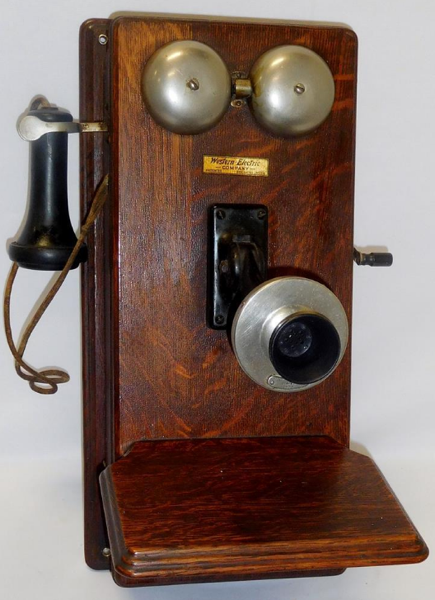
In my earlier post about Walter A. Frazeur, I briefly mentioned Jean Taylor’s account of how the People’s Telephone Company was established. She wrote that J.U. Free bought the three circuits that belonged to Walter Frazeur in 1912 and established the People’s Telephone Company on the second floor of J.D. Redd’s dry goods store.1
Walter A. Frazeur was part of a group of people who came to this area from Topeka, Kansas: Dr. John B. Tower, Ruben L. Moser, Orville W. Calkins, Roy Marsh, Hugh Ewing and Grant Allen. Frazeur claimed the SE quarter of 33-56-38 on April 9, 1910. His homestead was on the north side of Waldin Drive between S.W. 207 and 212 Avenues.
As early as December of 1908, both telegraphic and telephonic communications were available in Homestead.2 By 1911, there were two telephone companies in the Homestead area, the People’s Telephone Line and the Dade County Telephone Co. Frazeur’s company, the People’s Telephone Line, was established first, in late 191o, shortly after he filed for his homestead claim. By late February of 1911, Frazeur had “a gang of men … putting up telephone wires…”3 The switchboard for his system was in his house west of where the Tropical Research and Education Center now stands.4 5 By the spring of 1912, Frazeur had “completed another six miles of telephone lines and expects to get into all the towns in this end of the county. His line is now in Naranja, Silver Palm and Redland, with headquarters in Homestead.”6
J. U. Free completed his two-story concrete building on South Krome Avenue in late May of 1911.7 Like Frazeur, Free was an aggressive businessmen so it is likely that Free decided to get into the telephone business also. The Dade County Telephone Company was established on Monday, May 22, 1911, and initially capitalized at $2,500 but that was later increased to $10,000 as the stock paid dividends and was seen as a good business to invest in.
“Monday morning a number of representative men of Redland, Homestead and Detroit met at Dr. Towers’ (sic) office and organized a telephone company. J. L. Billingslea (sic) as chairman, conducted the meeting and J. M. Bauer was secretary. The company will be known as the Dade County Telephone Company, with headquarters at Homestead. The following officers were elected: R. L. Moser, president; C. T. Pummer (sic) vice president, J. M. Bauer, secretary and treasurer. Directors: R. L. Moser, C. T. Plummer, J. M. Bauer, J. L. Billingslea (sic), J. Bratley, M. L. Williams, J. U. Free, W. D. Horne, Thomas Brewer.
“The company will be incorporated and J. L. Billingslea (sic) was appointed to attend to the legal organization. A committee will confer with A. W. Frazier (sic), who now has a line of 25 phones operating in Homestead and doubtless Mr. Frazeur will sel (sic) his equipment to the new company. It is also understood that the position of lineman will be offered to him. One hundred shares of stock will be issued and nearly al (sic) have been subscribed for.”8
The men listed above were Jesse L. Billingsley (1880 – 1926), a prominent lawyer and politician in Miami; John M. Bauer, for whom Bauer Drive is named; Reuben L. Moser, an early pioneer in Longview who platted Moser’s Addition to Homestead in 1912; Charles T. Plummer, for whom Plummer Drive is named; Jesse H. Bratley, an early pioneer in the Redlands; Marion L. Williams, an early businessman in Detroit and Justice of the Peace; John U. Free, William D. Horne and Thomas Brewer, the first County Commissioner from this area.
By September of 1911, the officers and directors had changed. They were now “R. L. Moser, president, Homestead, C. T. Plummer, vice-president, Redlands; M. L. Williams, secretary and treasurer, Detroit; business managers, J. U. Free, W. D. Horne and R. L. Moser; J. L. Billingsley attorney; the above named with Henry Brooker comprise the board of directors.”9
In October of 1911, The Miami Herald, five months after the incorporation of the Dade County Telephone Company, reported that “[t]wo telephone companies are now in operation here.”10
By April of 1912, the Dade County Telephone Co. had nearly 60 accounts.11 By June, the company had 66 phones and anticipated having 100 by January of 1913.12
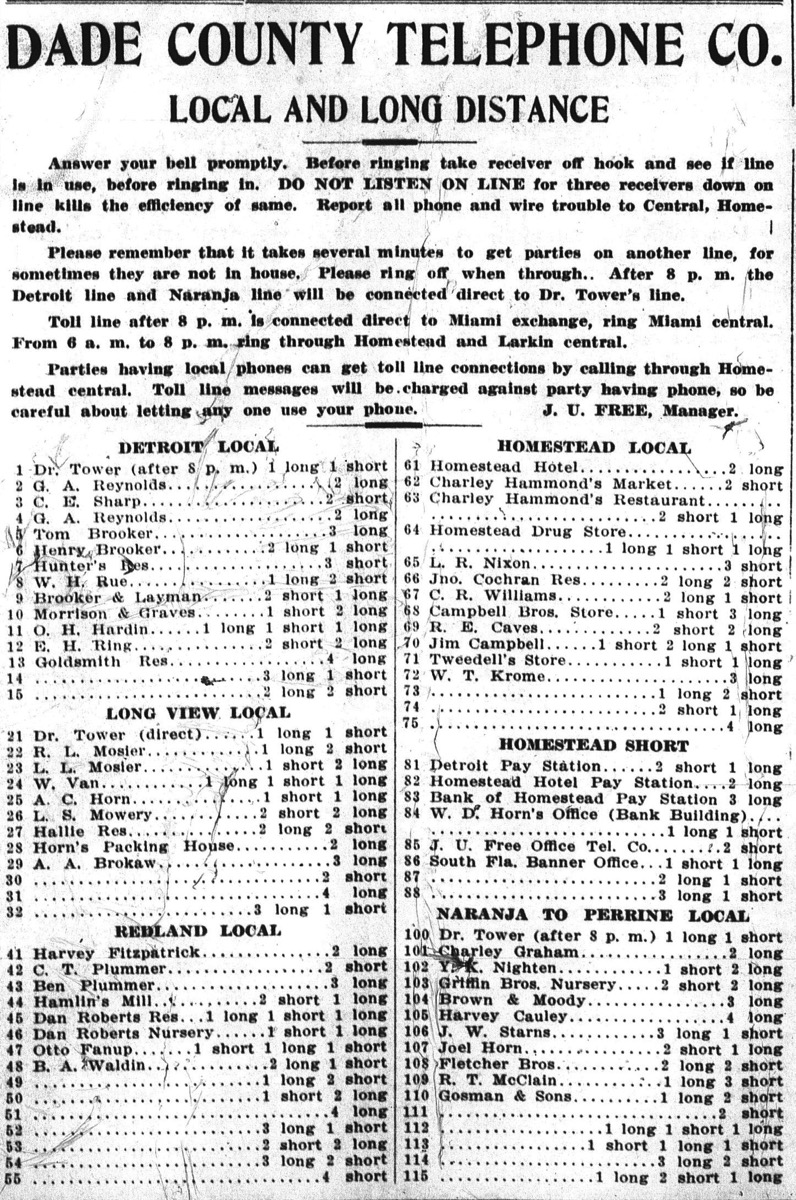
Click on the title below the advertisement to download a larger and more readable image. There are a number of spelling errors in the advertisement. “Brooker and Layman” should be Brooker and Lehman, “A. C. Horn” should be A. C. Horne, “Hamlin’s Mill” should be Hainlin’s Mill, “Otto Fanup” should be Otto Froriep and “Gosman & Sons” should be Gossman & Sons.
A short piece about the Dade County Telephone Co. in the Redlands Edition of the Miami Metropolis on November 2, 1912 listed the directors of the company, which had changed yet again. Bauer, Bratley, Williams and Brewer were no longer listed but Alonzo C. Horne, the brother of W. D. Horne and George W. Moody had joined the board. The article stated that the company had recently built a line “running from Detroit to Perrine, where it connects with the Miami system. There is now more than 210 miles of wire on poles. The Telephone company is already a paying proposition and its stock is in demand.”13
Numerous advertisements for and news articles about the Dade County Telephone Company appeared in Rev. J. A. Kahl’s newspaper, The South Florida Banner, during this time so Frazeur was competing with a well-capitalized company that had sold $6,975 worth of stock by July 26, 1912.14 15
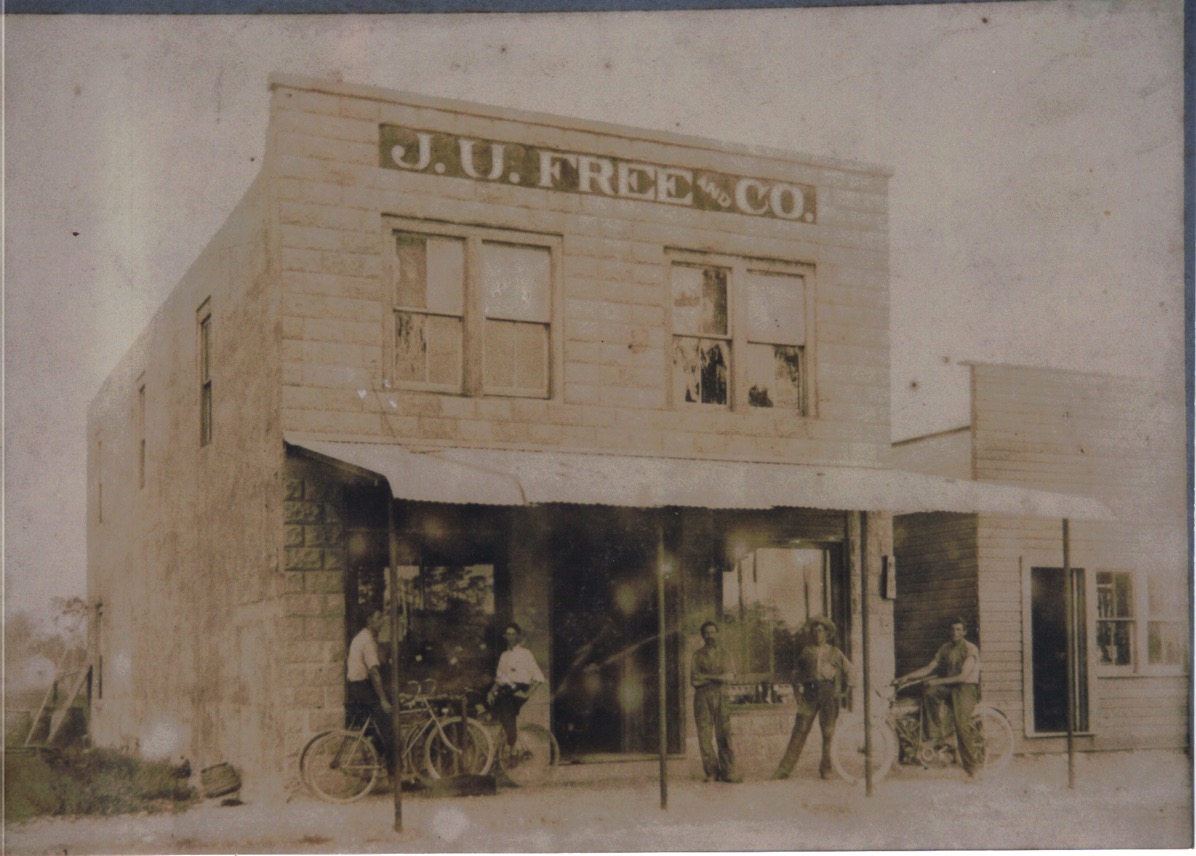
At the time that the Dade County Telephone Company was organized, Free’s building was the home of the J. U. Free & Co., which was a bicycle and mercantile business. Free also employed a blacksmith and repaired wagons.16 Sometime late in 1912, after Free had completed an addition to his store for his bicycle business,17 he sold his business to the C. J. Denham & Co. They didn’t last long, though, because in April of 1913, Mr. Denham and his partner, Mr. Michaels, sold out to W. B. “Bunny” Caves and Henry Pridgen and moved to Titusville.18 That company was known as Caves and Pridgen. Then Caves sold out to J. D. Redd and the business became known as Redd & Pridgen.19 In November of 1915, Henry Pridgen sold his interest in the business to J. D. Redd and Redd became the sole proprietor.20 That business was the beginning of Redd’s Dry Cleaners. By August of 1914, they were advertising their cleaning and pressing services.21
The People’s Telephone Line, a private business owned by Frazeur, had no way to raise capital to expand and compete with the Dade County Telephone Company. Advertisements for Frazeur’s company, the People’s Telephone Line (not the People’s Telephone Company), appeared as late as May 2, 1912 in The South Florida Banner and offered prices that matched those of the Dade County Telephone Company but then stopped.
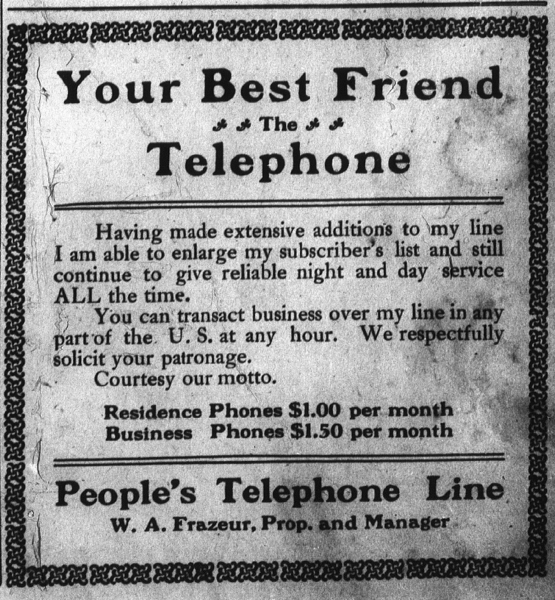
In early 1911, Frazeur opened a grocery store in Homestead in a wood-frame building on Krome Avenue next to Dr. John B. Tower’s office22 that was “almost completed” on May 26.23 By June of 1912, Frazeur appeared to have given up his business in Homestead and gone back to his homestead to improve it, for he turned over the management of his store to Alexander McKenzie, a grocer who in 1910 lived on 8th St. in Miami.24 He apparently retained an interest in both his store and his telephone company, as an article that appeared on November 2, 1912 in the Miami Metropolis stated that “W. A. Frazeur is conducting a store in Homestead, but when he came to the Homestead country two years ago he took up land like the balance of the far-sighted men. He is living on his homestead, but finds time to look after his store and to take care of the People’s Telephone Co., which has fifty subscribers and covers a country from Detroit almost to Princeton.”25
In early May of 1913, a group of Redland citizens held a meeting and decided to purchase “Mr. Frazeur’s entire interest in stock and fixtures of the telephone company. The new company will start business with 300 shareholders and will work on a cooperative plan, for the mutual benefit of the growers of the Redland district. The line will be repaired and put in tip top shape, using poles where trees had been used before. It is the object of the company to give good service, without working for a profit, and it is their intention to extend the line in every direction as needed. The officers appointed until the company is duly formed are Perry Hainlin, president; Austin McColough, (sic) secretary-treasurer; Thos. Brewer, Otto Froriep and J.F. McColough,26 (sic) as directors.”27
Perry C. Hainlin was the brother of Wellington B. Hainlin, for whose family Hainlin Mill Drive was named. Perry’s sister, Clara, was the wife of Edwin Nelson, a wealthy Miami businessman. Thomas Brewer may have resigned as director of the Dade County Telephone Co. to become a director of this new company. Otto Froreip was an early homesteader in the Redlands, claiming his homestead in 1902. James F. McCullough came to Miami from Colorado in 1911 and then purchased 20 acres near what is now the Redland Fruit and Spice Park.
It is unknown how long this company existed or even if it ever got off the ground. If it did, it eventually went out of business as it could not compete with the better-capitalized Dade County Telephone Company. It may have served a need for the residents of the Redland District, but the company in Homestead soon over-took it.
J. U. Free and W. A. Frazeur were both ambitious entrepreneurs and were involved in many ventures. The Dade County Telephone Company’s switchboard was on the second floor of J. U. Free’s building on S. Krome Avenue, which later became known as Redd’s Dry Cleaners, owned by Fred H. Redd and adjacent to the building owned by his brother, J. D. Redd. Despite what the newspaper reported, Free did not purchase Frazeur’s equipment to establish his company because Frazeur’s company was still in business in late 1912. Nor did the Dade County Telephone Co. employ Frazeur. It is not known if the cooperative telephone company established by the Redland residents ever got off the ground – it may be that Free bought those lines instead, thus ensuring his position as the only telephone company in South Dade.
The business climate in early Homestead was very dynamic – companies and people came and went in an environment of constant change. The Dade County Telephone Co., managed by Frank B. Rue,28 was purchased in August of 1923 and renamed the Homestead Telephone Co. by Miami capitalists, including Frank B. Shutts, a prominent Miami attorney, the owner of The Miami Herald29 and the founder of the law firm of Shutts & Bowen.30 Shutts was also the president of the South Atlantic Telephone & Telegraph Company (S.A. T. & T. Co.)31
The S. A. T. & T. Co. was granted a charter by the State of Florida in June of 191732 but this was just a change of legal status for the Miami Telephone Co. as the officers of the S. A. T. & T. Co. were the same as those of the Miami Telephone Co.33 The Miami Telephone Co. had grown from 300 subscribers in January of 1910 to 2,040 by April 30, 191734 and a new business form was needed so that the company could continue to grow. The Homestead Telephone Co. was purchased by the South Atlantic Telephone & Telegraph Co. as part of its expansion plans and was then acquired by the Southern Bell Telephone Co. on January 1, 1925.35
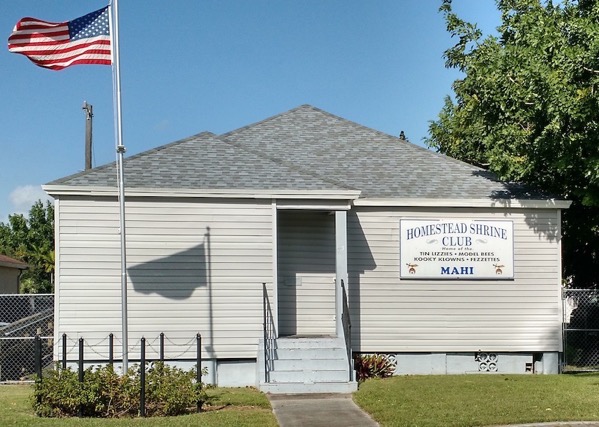
Courtesy of Jeff Blakley
The switchboard for the Dade County Telephone Co. moved from J. U. Free’s building on South Krome to the Independent Order of Odd Fellows (I.O.O.F) building on the south side of Miller St. (later N.W. 1st St. – the right-of way is now part of Losner Park) just west of the Campbell Bros. store in 1922.36 After Southern Bell purchased the South Atlantic Telephone & Telegraph Co., the office moved to a one-story wooden building on the north side of N.W. 2nd St., just west of Breeding’s Drug Store in early December, 1936. By January 29, 1937, Southern Bell had completed the work of installing a switchboard in the new building that could accommodate three operators at one time, thus speeding up service.37
_____________________________________________________________
- The Villages of South Dade, p. 169
- The Miami Weekly Metropolis, December 11, 1908, p. 7
- The Miami Herald, February 22, 1911, p. 8
- Annie Mayhew Fitzpatrick, Lest We Forgetp. 87
- Jean Taylor’s account of the Frazeur family on page 201 of her book, The Villages of South Dade, includes information plagiarized from Annie Mayhew Fitzpatrick’s short book, Lest We Forget (privately published, no date) on pp. 87-88. Compare what Taylor wrote with this quote from Fitzpatrick’s book: “Mrs. Frazier (sic) was the operator and there were I think five lines running to five different neighborhoods. When the Fraziers (sic) wanted to spend a day away from home she just threw open all lines and we had a wonderful holiday of ringing a number and talking to whoever happened to get on whatever line.”
- The South Florida Banner, April 5, 1912, p. 4
- Miami Herald, May 26, 1911, p. 7
- Miami Herald, May 26, 1911, p.7
- Miami Metropolis, September 2, 1911, p. 2
- The Miami Herald, October 29, 1911, p. 14
- South Florida Banner, April 12, 1912, p. 4
- South Florida Banner, June 7, 1912, p. 8
- Miami Metropolis, November 2, 1912, p. 22
- The South Florida Banner, July 26, 1912, p. 1
- The Dade County Telephone Co. was capitalized at $10,000 and had 121 shares of unsold stock on July 26, 1912
- Miami Metropolis, August 1, 1911, p. 7
- The South Florida Banner, July 5, 1912, p. 3
- Miami Metropolis, April 26, 1913
- The South Florida Banner, October 3, 1913, p. 5
- Homestead Enterprise, November 4, 1915, p. 4
- Homestead Enterprise, August 20, 1914, p. 5
- The Miami Herald, May 10, 1911, p. 7
- The Miami Herald, May 26, 1911, p. 7
- The South Florida Banner, June 15, 1912, p. 1
- Miami Metropolis, November 2, 1912, p. 22
- James F. and Austin McCullough, born ca. 1852 and 1884, may have been related. J. F. came to Miami from Colorado in 1911
- The South Florida Banner, May 7, 1913, p. 1
- Telephony, July 8, 1922, p. 16
- HistoryMiami Award
- History of Shutts & Bowen
- Miami News-Metropolis, August 1, 1923, p. 13
- The Miami Herald, June 27, 1917, p. 6
- The Miami Herald, December 15, 1917, p. 1
- The Miami Herald, May 23, 1917, p. 6
- Miami Daily News and Metropolis, January 1, 1925, p. 21
- Homestead Enterprise, March 30, 1923, p. 7
- Redland District News, November 5, 1937, p. 1
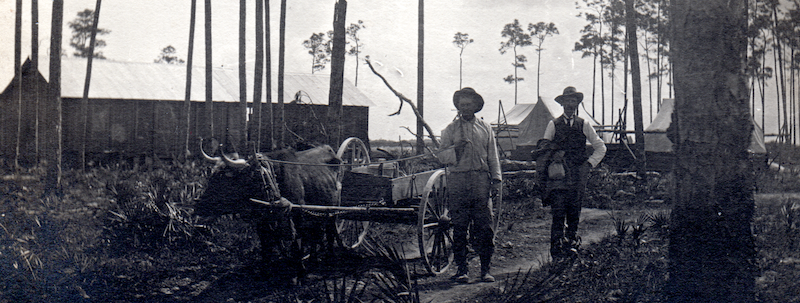
Another informative, interesting article out of Homestead/Redland past. For a time, the service was only local. Not until later was a long distance line through Miami established. Great job, Jeff.
Good story, Jeff. How about that long white wooden building behind what was Breeding’s Drugstore? The front door was often open to view a small crowd of operators plugging wires into holes in their wall. Our number was 223. Hope to see you soon. Bill
Hi Bill – the white building behind Breedings on 2nd St. was the Southern Bell central office until 1955 or 1956, when they moved to Civic Court. Prior to the 2nd St. location, the office was in a wooden building on the south side of N.W. 1st St., west of Brown’s Drug Store. I’ve not researched this history – I’ll have to add it to my long list of articles to write!
That was my great grandfather. I was told he fought in the Spanish-American war and charged San Juan Hill and that my Uncle John had his sword.
Thank you, Roger. Have you read my two-part article on J. U. Free? Here is part I: https://hsdade.com/john-ulric-free/
I was also told that I had 2 great grandfathers in the 1st council meeting for the city of Homestead in 1913. It was true – I downloaded the hand written minutes from city archive – it was Mowry and Free.
Leonard S. Mowery was present and voted in the meeting called to incorporate the Town of Homestead on January, 1913. He was not elected to the position of Alderman, however. The City of Homestead was incorporated in 1923, a distinction often not noted by people. There is a legal difference between a town and a city.
My cousin Leonard lives in Live Oak with his family I have him on my Facebook.